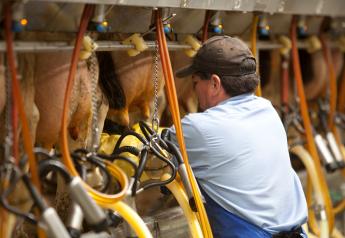NOAA'S Winter Outlook is a Headache For Farmers Already Dealing with Drought
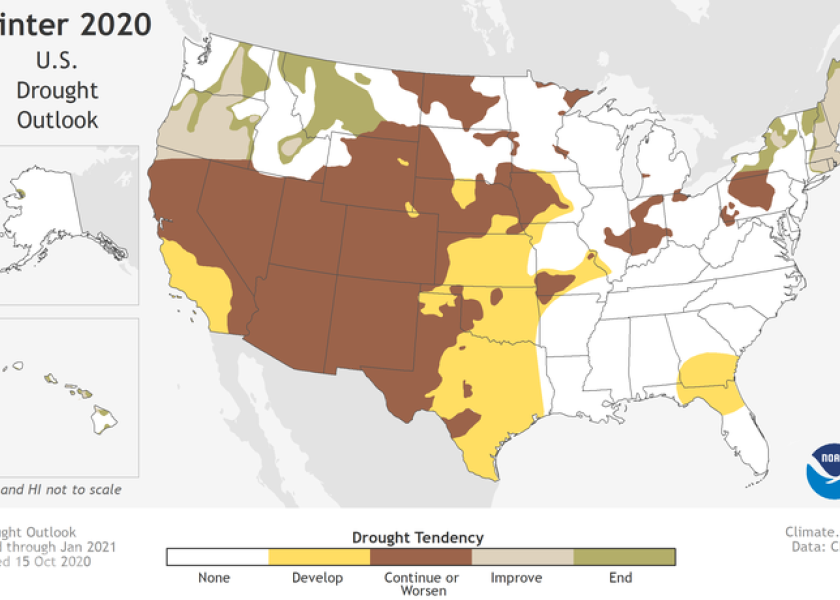
It could be a dry winter in the South and a wetter than normal winter in the North, according the National Oceanic and Atmospheric Demonstration’s (NOAA) winter forecast. With a strengthening La Nina, NOAA says the weather this winter will favor warmer and drier conditions across much of the southern tier of states, but the opposite for the North.
“With La Nina well established and expected to persist through the upcoming 2020 winter season, we anticipate the typical, cooler, wetter North, and warmer, drier South, as the most likely outcome of winter weather that the U.S. will experience this year,” said Mike Halpert, deputy director of NOAA’s Climate Prediction Center.
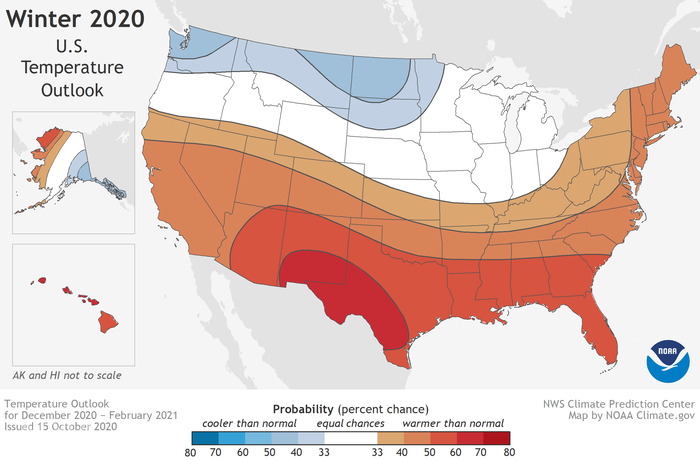
Considering more than 45% of the continental U.S. is currently experiencing drought, the winter forecast isn’t good news for areas already parched
“We are going into a La Nina pattern, which does mean wetter and colder to our north and warmer and drier to our south,” says Martha Shulski, state climatologist, University of Nebraska-Lincoln. “98% of Nebraska is abnormally dry or worse in drought, we have some pretty significant rainfall deficits, so even if we have normal precipitation for the winter, which is our dry time of year, we'll only make up about half of that.”
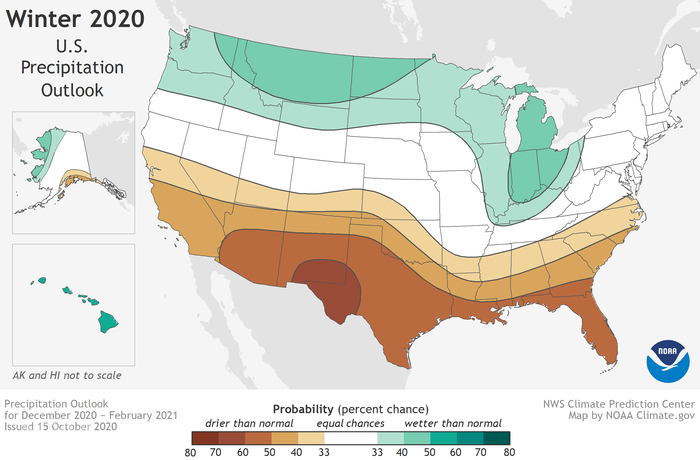
Shulksi says Nebraska needs a wetter than normal winter to help make up for the significant moisture deficits. However, she thinks it’s unlikely La Nina’s wetter than normal pattern will hit states like Nebraska.
“We need a wetter than normal winter as well as spring to make up those really significant deficits,” she says. “There's only about 25% of the state that has adequate soil moisture. We need to make up those deficits, and right now, it's not looking like that's going to happen.”
Shulksi says if you look at the drought monitor map today, the picture isn’t good for soil moisture and drought conditions. And without ample moisture this winter, she’s concerned how the drought will grow.
“Looking at the drought monitor map going into next spring, we're likely to be at where we are now or possibly even worse going into the next growing season,” she says.
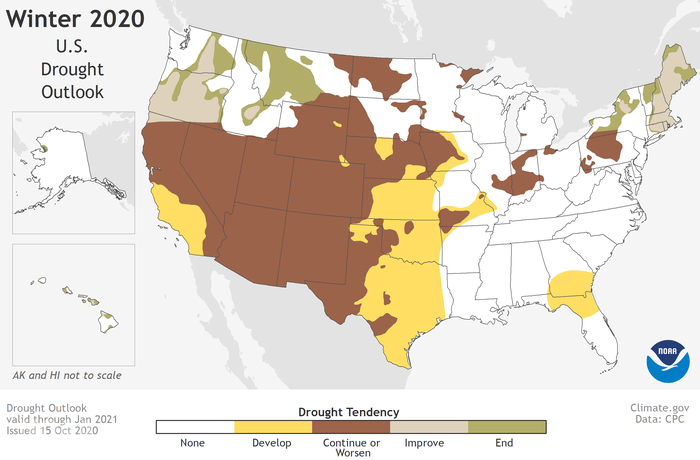
NOAA’s says the widespread, ongoing drought currently in place across the western half of the continental U.S. is a result of the weak Southwest summer monsoon season and near-record-high temperatures. NOAA does expect drought conditions are expected to improve in the northern Rockies, Northwest, New England, Alaska and Hawaii over the coming months.







